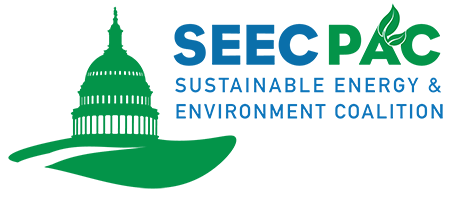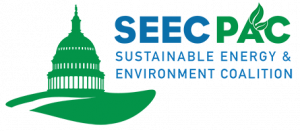Decade after decade we see working families, low-income communities, indigenous peoples, communities of color, and other frontline communities disproportionately bearing the burden of environmental pollution.
Ultimately, every person in the United States should have the right to clean air, clean water, and an environment that enriches life. But as we see with the Flint Water Crisis, the Dakota Access pipeline, cancer alley in Louisiana, and plastic pollution in Houston, those rights are not fully realized.
Policies to right these wrongs and address environmental injustice are critical. {{FirstName or ‘friends’}}. And that’s exactly why SEEC member Rep. Raúl M. Grijalva and SEEC Vice-Chair Rep. A. Donald McEachin introduced the Environmental Justice for All Act to address these problems head-on.
This bill shifts the burden of assessing whether a proposed industry activity would harm a community from the community themselves, who often don’t have the resources to do so, to industry and the federal government. It also declares once and for all that all people have the right to breathe clean air, drink clean water, live free of dangerous levels of toxic pollution, and share the benefits of a prosperous and vibrant clean energy economy!
The Environmental Justice for All Act stands up for our environment and for the communities suffering the brunt of the pain from safeguard rollbacks, climate change, polluted air and water, and more.
The COVID-19 crisis has made the importance of acting on environmental justice issues more urgent than ever. Low-income communities, communities of color, and indigenous communities suffer from higher rates of exposure to hazardous air and water pollution from power plants, waste sites, ports and freeways, industrial activities, and many other sources of pollution.. Now, decades of increased exposure to air pollution in these communities has led to a disproportionate number of cases of asthma and other respiratory diseases that increase the fatality rate of respiratory viruses like COVID-19.

